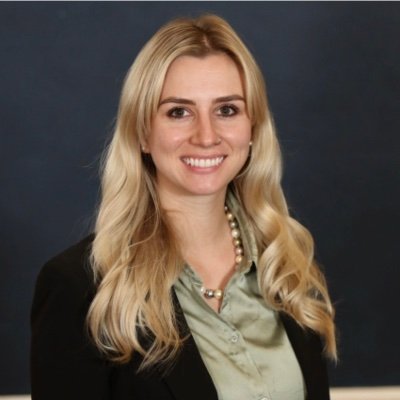For a second year in a row, the UT Austin Department of Biomedical Engineering received multiple seed grants from the Cockrell School of Engineering. The program, which is an initiative under the NSF-funded Center for Equity in Engineering, supports projects that aim to promote broadening participation in engineering.
One of the projects was a part of the first round of grants in 2022 and will receive continuing funding. Led by Ph.D. candidate Noah Stern, “Curating Department Specific Peer-Led Teaching Assistant Support,” is designed to help TAs feel connected and part of a community. The program is specifically put together with a focus on encouraging open communication, sharing positive/inclusive learning practices, and developing strategies to manage being a TA with the multitude of other responsibilities that graduate students must juggle.
“The TA support program has allowed us to lay the foundation for a more connected and supportive community of graduate students here in BME and we are really excited to continue developing this program further. We are grateful that BME and the Cockrell School are beginning to recognize the gap in support for TAs across the university and we are hopeful our program is a positive step towards closing that gap,” said Stern.
New Programs
B-SEED: Biomedical Scientific Education and Equitable Design
Olivia Lanier, Ph.D. is a Provost Early Career Fellow who worked with undergraduate students from the UT Austin BMES student organization to create B-SEED.
The goal of B-SEED is to supplement traditional undergraduate engineering education through practical and hands-on learning techniques that connect their studies to real-world applications, mentorship, and connection. The group aims to see the effect that these three values have on the retention and performance of students from historically excluded backgrounds in engineering.
There are weekly journal clubs for undergraduates where students focus on an article that deals with health disparity. In addition, there are seminars led by physicians that focus on medical devices they use daily and how engineers could improve the design or create similar designs for low-resource settings. The program also hopes to bridge the gap between engineering and the clinical setting through open communication with clinicians and discovering what they like or dislike about current devices and therapies.
